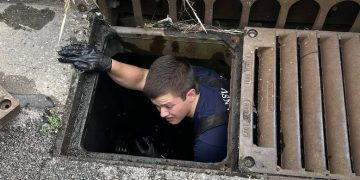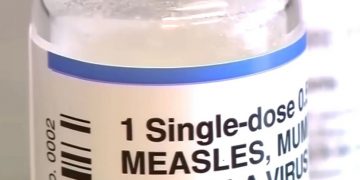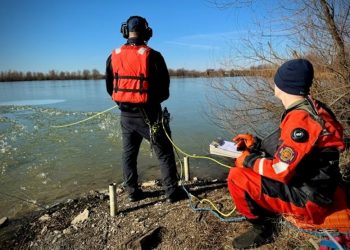Indianapolis, Indiana – In honor of National Minority Health Month in April, medical professionals are raising awareness of uterine fibroids, a disorder that is disproportionately affecting Black women.
By the time they reach the age of 50, up to 80% of women will have uterine fibroids, and Black women are three times more likely than other women to do so. Sadly, some women will never be aware of them.
The next step is often surgery for the majority of women. But that’s not the only course of action, according to Dr. Joshua Dowell, a radiologist with Indianapolis’ Vascular & Interventional Physicians of Northwest Radiology. Many women struggle with fibroids, yet many are unaware of the causes of their symptoms.
According to Dr. Dowell, women with fibroids may experience significant bleeding both during and between menstrual cycles. Additionally, benign tumors can press against internal organs, leading to pain, discomfort, frequent urination, and problems with fertility.
There are numerous choices for treatment, including prescription drugs and surgical procedures such as a myomectomy or hysterectomy. According to Dr. Dowell, the main course of treatment is a hysterectomy.
Some women, though, might not require surgery. The procedure known as uterine fibroid embolization, or UFE, is currently being promoted by Dr. Dowell. It’s a secure and reliable non-surgical approach, according to Dr. Dowell, to treat fibroids.
“We do the procedure by sneaking a catheter around the arteries and just through a needle stick and finding the vessels that feed the fibroids. From there, we put small beads in to slow the blood supply down to the fibroids and start with another blood supply,” Dr. Dowell said.
According to Dr. Dowell, doing so causes the fibroids to contract, protecting the uterus and fertility. According to Dr. Dowell, 90% to 95% of women will experience a 40% reduction in the size of their fibroids over time.
“By doing this, the vast majority of women don’t need to have a hysterectomy or go on to have surgery,” Dr. Dowell said.
Women can go home the same day after having UFE because it is an outpatient surgery. Women who have the surgery also experience a quicker recovery. Dr. Dowell wants more women to think about UFE as a possible treatment. The state’s first clinic outside of a hospital to provide interventional radiology services to patients is VIP.
UFE might be a good non-surgical alternative for individuals who do not wish to have a hysterectomy for those black women who are facing the severe consequences of uterine fibroids. Doctors want to provide uterine fibroid-afflicted women with greater treatment options by educating people about UFE.





















































































